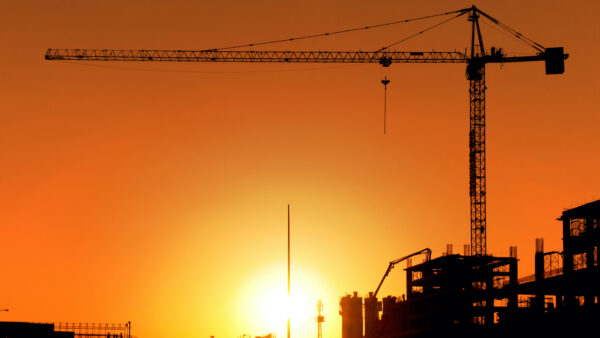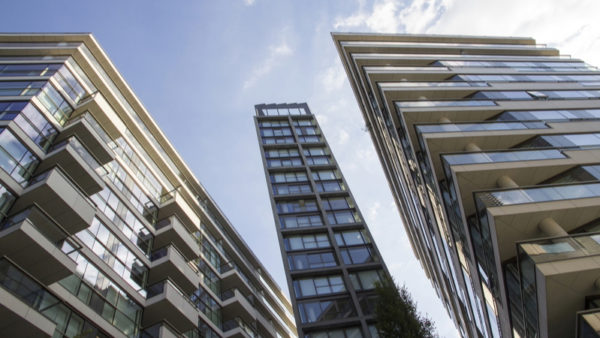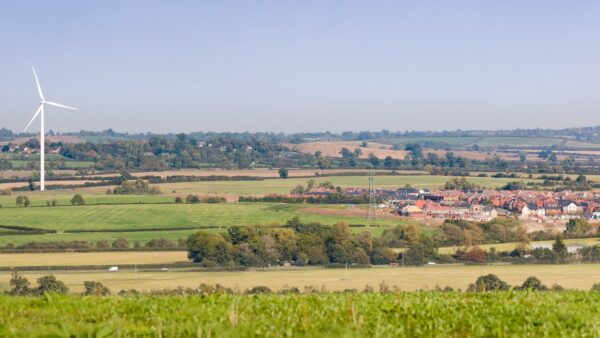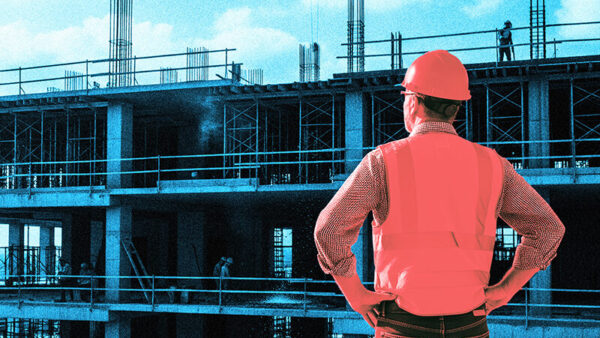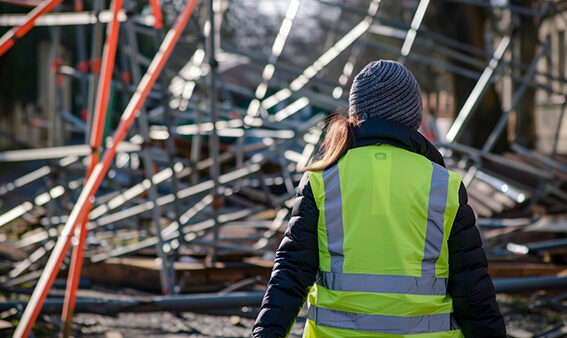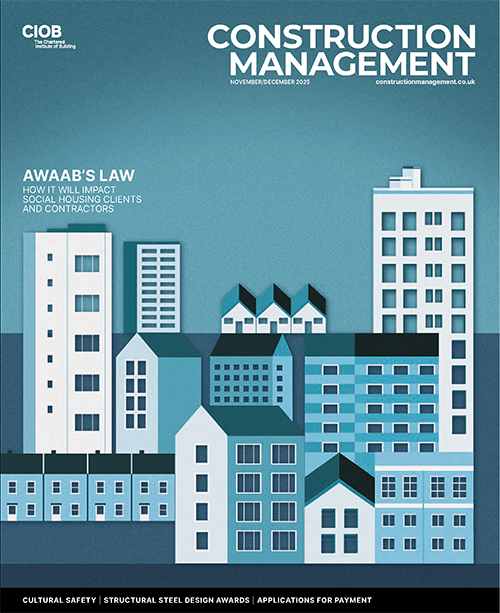In this Q&A, Simon Lewis and Michelle Essen set out some important information about the levy so construction can get to grips with it before its implementation in autumn 2026.
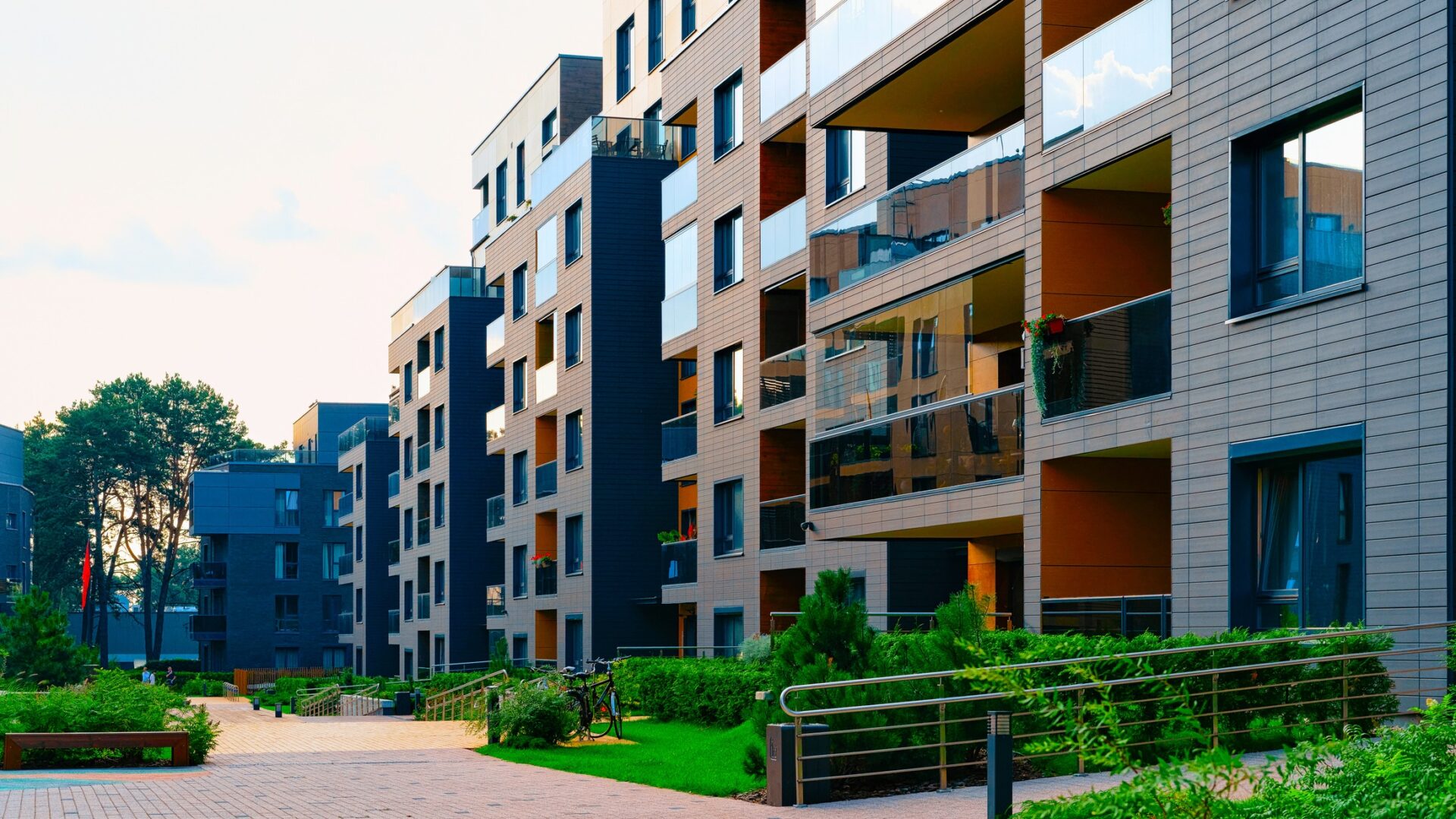
So much has been said about the levy these past few years – can you summarise the current position?
Following a consultation on the design of the levy in mid-2021, the power to introduce the levy was provided for under the Building Safety Act 2022 (s.58).
The government consulted on it again in late 2022 to early 2023 and published its response in January 2024. A further technical consultation ran in early 2024, which the government responded to in March.
Following this, we now have a better understanding of how the government wants the levy to take effect.
What’s the levy for?
The technical consultation response reminds us that the levy will raise revenue to be spent on building safety and is “part of the government’s plan to accelerate the pace of remediation. It is essential to protect leaseholders from remediation costs and helps deliver the prime minister’s promise that building safety is a top priority for this government.”
Does the levy only apply to higher-risk buildings?
No. The levy will be charged on all new dwellings and purpose-built student accommodation that need a building control application. This includes both higher-risk buildings and non-higher-risk buildings, although there are some exemptions (more on this below).
How is the levy calculated?
The levy amount will depend on the floorspace of the development in square metres, and also on where the development is geographically.
The technical consultation response explains, “floorspace should be measured using gross internal area, as set out in the RICS Code of Measuring Practice 6th Edition… As GIA is also used in the calculation of the CIL [Community Infrastructure Levy] charge, using GIA for the levy will reduce the administrative burden on developers.” The levy rates are in Annex A of the technical consultation response.
The response also sets out the information to be submitted to the local authority to calculate the levy, at both the building control application/initial notice stage and the commencement stage, and makes it clear that “we intend to add failure to provide levy information as a ground for the rejection of an application for building control approval or initial notice”. If the works change, the levy payable may change too.
Will the levy increase each year?
The levy amount won’t be subject to indexation. If the government wants to amend the levy rates, regulations will need to be laid in Parliament.
The levy will be reviewed by the government every three years or more frequently if needed. The government hopes that by taking this approach, developers will have more certainty and be able to factor the levy into their planning.
When is the levy paid?
While levy information must be provided at the building control application/initial notice stage and at the commencement stage, it only needs to be paid by the time the application is made for the first completion or final certificate for the project. But it can be paid earlier too.
Are there exemptions or discounts?
Providing certain conditions are met, exemptions include:
- affordable housing
- non-social homes built by not-for-profit registered providers
- NHS hospitals
- care homes, supported housing, children’s homes, domestic abuse shelters
- accommodation for armed services personnel
- criminal justice accommodation, and
- developments where there are fewer than 10 residential units.
Furthermore, if certain conditions are met, a discount of 50% may apply for “previously developed land” (aka brownfield land).
What happens if the levy isn’t paid?
If the levy is unpaid, the building control completion certificate or final certificate for the completed works won’t be issued. This would be problematic for higher-risk buildings, which will need this certificate before occupation is allowed. And mortgage lenders will also be alert to this.
The technical consultation response clarifies that “the client will need to have paid the whole levy liability for the works specified in an application or notice, before any completion certificate can be issued or final certificate accepted for any part of the works specified in the application or notice, including partial or interim certificates. We do not intend to provide for payments to be staged or phased.”
What if there is a dispute about the levy amount?
The technical consultation response sets out a dispute resolution process. This involves initially asking the local authority to review its decision. Then, if the review outcome is disputed, it may be challenged at the Property Chamber of the First Tier Tribunal. Tight timescales apply.
When will the levy charged?
While the government had originally announced its intention to introduce the levy in 2025, the technical consultation response confirmed that the levy will now come into effect in autumn 2026.
“This will give all local government, the Building Safety Regulator, Registered Building Control approvers around 18 months to prepare for the levy; and housing developers who will pay the levy around 18 months to factor levy cost into their financial planning,” said the government in the technical consultation response.
What next?
The technical consultation response explains: “As the levy requires an affirmative statutory instrument, the secondary legislation needs to be debated and approved by both Houses of Parliament before it can be made (signed into law) and brought into effect as law.” In particular, expect amendments to:
- Building Regulations 2010
- Building (Higher-Risk Buildings Procedures) (England) Regulations 2023, and
- Building (Registered Building Control Approvers etc) (England) Regulations 2024.
The consultation response also stated that “secondary legislation will be supported by comprehensive guidance.”
That said, as always, the devil is in the detail, so we wait to see the amendments to legislation, the accompanying guidance, and whether there will be any changes in how the levy will function.
The impact of the levy on housing (both before and after levy implementation) also remains to be seen.
Simon Lewis is partner and Michelle Essen legal director at Womble Bond Dickinson.



